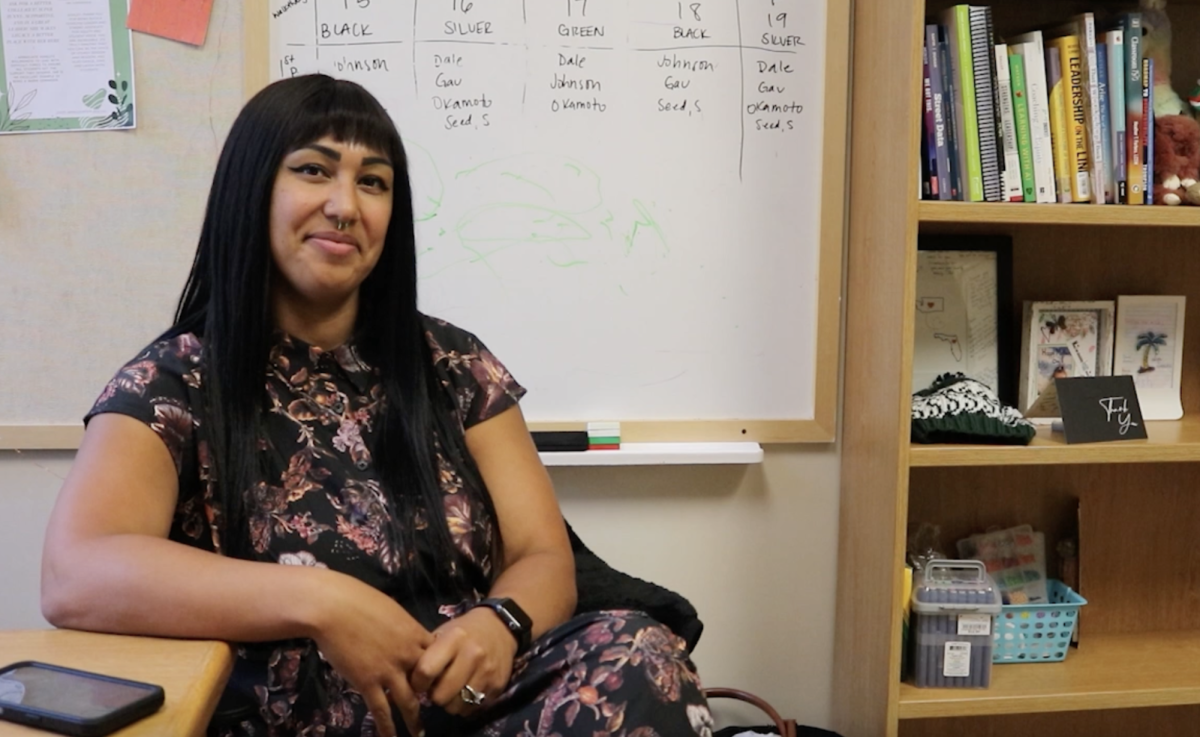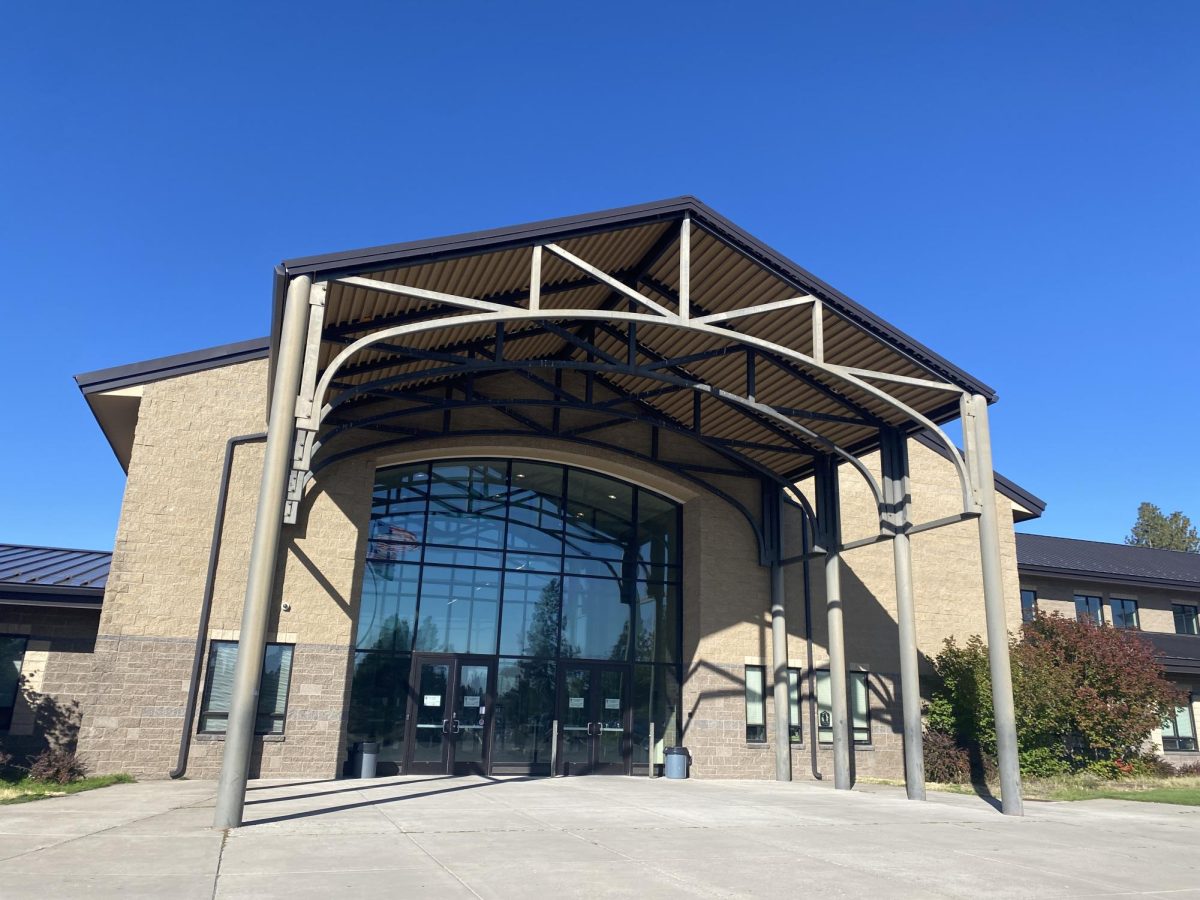It is lunchtime, and after a long morning at school, I officially need to pee. I have a plan—you see, at Summit High School, using the bathroom requires a bit of forethought. I begin by heading to the first location on my list, the single-stall nurse’s restroom in the Attendance Office. As someone who shudders at the thought of a busy public bathroom, this is my best option. A jiggle of the handle reveals that the door is locked, likely by a staff member using their lunch break to relieve themself. Disappointed, I head to the next option, the D hall girls’ bathroom. As I approach, I can hear the cacophony of voices bouncing off the tiled walls, and one glance at the closed stall doors and pack of feral high school students crowded around the sinks is enough to turn me around. It’s no use checking the E hall bathroom, it will be just as bad. Fine, I think. I’ll hold it a little longer.
It’s no secret that bathrooms at Summit have entered a downward spiral in quality and accessibility. Over the past several years, vandalism, vaping and inappropriate bathroom use have hit an all-time high, forcing Summit’s administrators to employ a revolving door of sub-par solutions. Despite past failures with bathroom closures, they recently decided to give the method another shot. The new policy restricts students to only two bathrooms, those in D and E hall, during lunchtime to make supervision easier for the campus monitors. Since the implementation of this practice, students who prefer to avoid the hassle of hall passes and missed class by using the restroom during lunch have expressed their annoyance, as it is now nearly impossible.
“It’s really inconvenient not being able to go to the bathroom at lunch because I don’t want to have to waste class time to go,” said Summit sophomore Kersie Knoll. Increased traffic to the D and E hall bathrooms has led to long lines and a chaotic environment, and Knoll is now forced to use the restroom during her classes. Knoll hopes that the school will find a different way to manage inappropriate bathroom use while also maintaining the same level of accessibility. Summit hall monitor Lynnette Landis has a different take on the issue.
“[Bathrooms] are highly accessible,” said Landis. “We always have bathrooms open.” Landis is correct—but just because some bathrooms are physically accessible does not mean that all students are able to use them. This is where a barrier is raised, leaving those who already feel uncomfortable using the bathroom at school at an even greater disadvantage.
This leads to another facet of the problem, gender-neutral bathrooms. Summit has five gender-neutral restrooms located throughout the school and used by many students. However, these bathrooms are already difficult to access—those in the library and gym hall require a key to enter, the restroom in the nurse’s office is often occupied by staff and those in the Trailhead and theater are only accessible to students using those spaces. Eila Overcash, Summit librarian and keyholder to one of the school’s only gender-neutral bathrooms available to all students, wishes that locking it wasn’t necessary, but says that it is the only way to manage inappropriate use and preserve this option for students who need it.
According to Overcash, the recent rise in behavioral problems and fall in accessibility has pushed more and more Summit students in the direction of the gender-neutral bathrooms, a shift that the school is not equipped to handle.
“We have students who come in wanting to use our bathroom all the time because other bathrooms are locked,” said Overcash.
These gender-neutral bathrooms, originally created to give transgender students a safe space to use the restroom at school, already require extra time and effort to use, and increased traffic makes the problem even worse. This leaves trans students, or others who prefer to use the gender-neutral bathrooms, with a choice: either wait in line for the gender-neutral bathrooms, face the discomfort of using the multi-stall alternatives or don’t go at all. Many students, such as myself, end up choosing the third option, which is not healthy or enjoyable. Summit assistant principal Mary Thomas recognizes this problem and outlined a potential plan for the future.
“Ideally, we would have a [gender-neutral bathroom] near the A Halls but it’s really expensive, so we’re still figuring that part out,” Thomas said.
Students and staff alike are unsure where to go from here, but one thing is for sure—closing bathrooms is not the answer. While problems such as vaping and vandalism need to be addressed, the restriction of bathroom use is not a viable solution and goes against the goal of Summit administrators—to keep students safe, comfortable and healthy. Thomas agrees that the policy isn’t ideal and looks forward to collaborating with students and staff to come up with a better means of managing Summit’s bathrooms.
I, for one, hope that Summit’s bathrooms will soon re-open during lunch. Using the bathroom is a right, not a privilege. A small handful of my classmates have chosen to misuse the restrooms, but I just want to pee. Don’t take that right away.

































